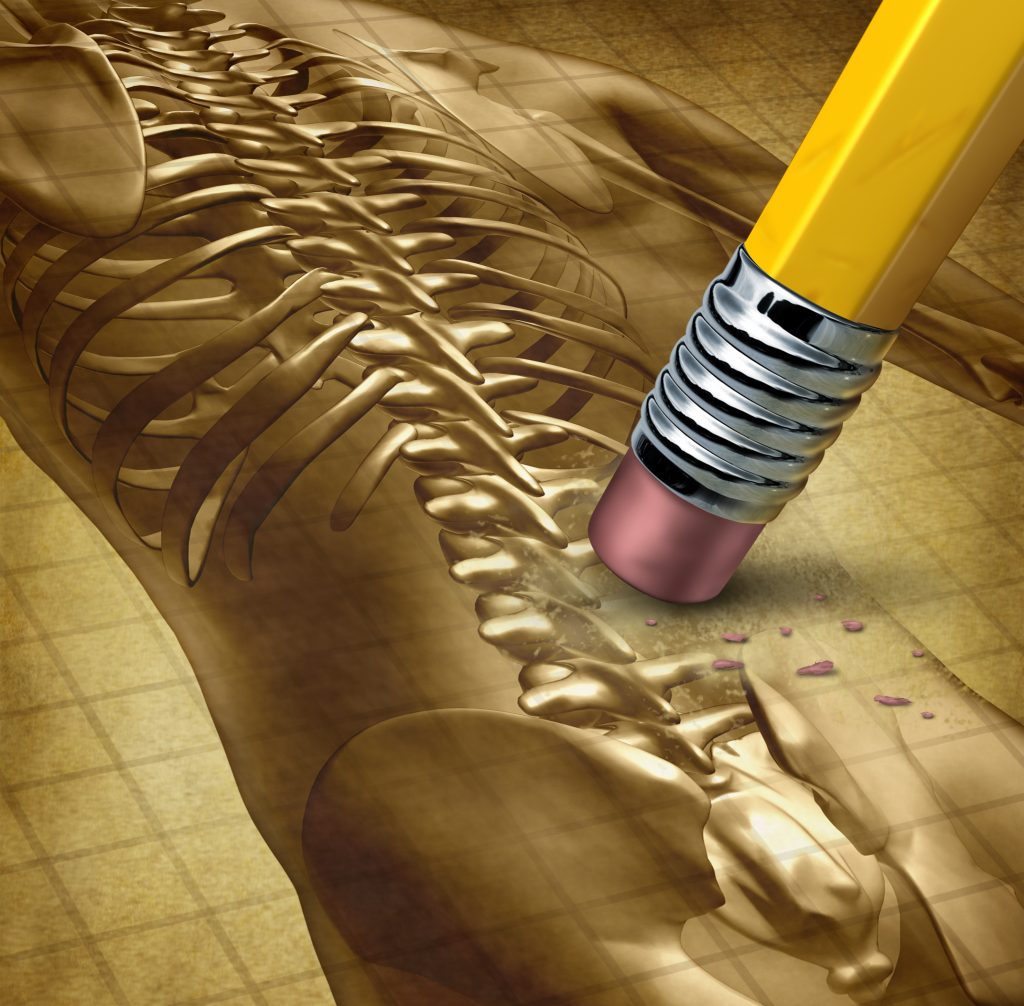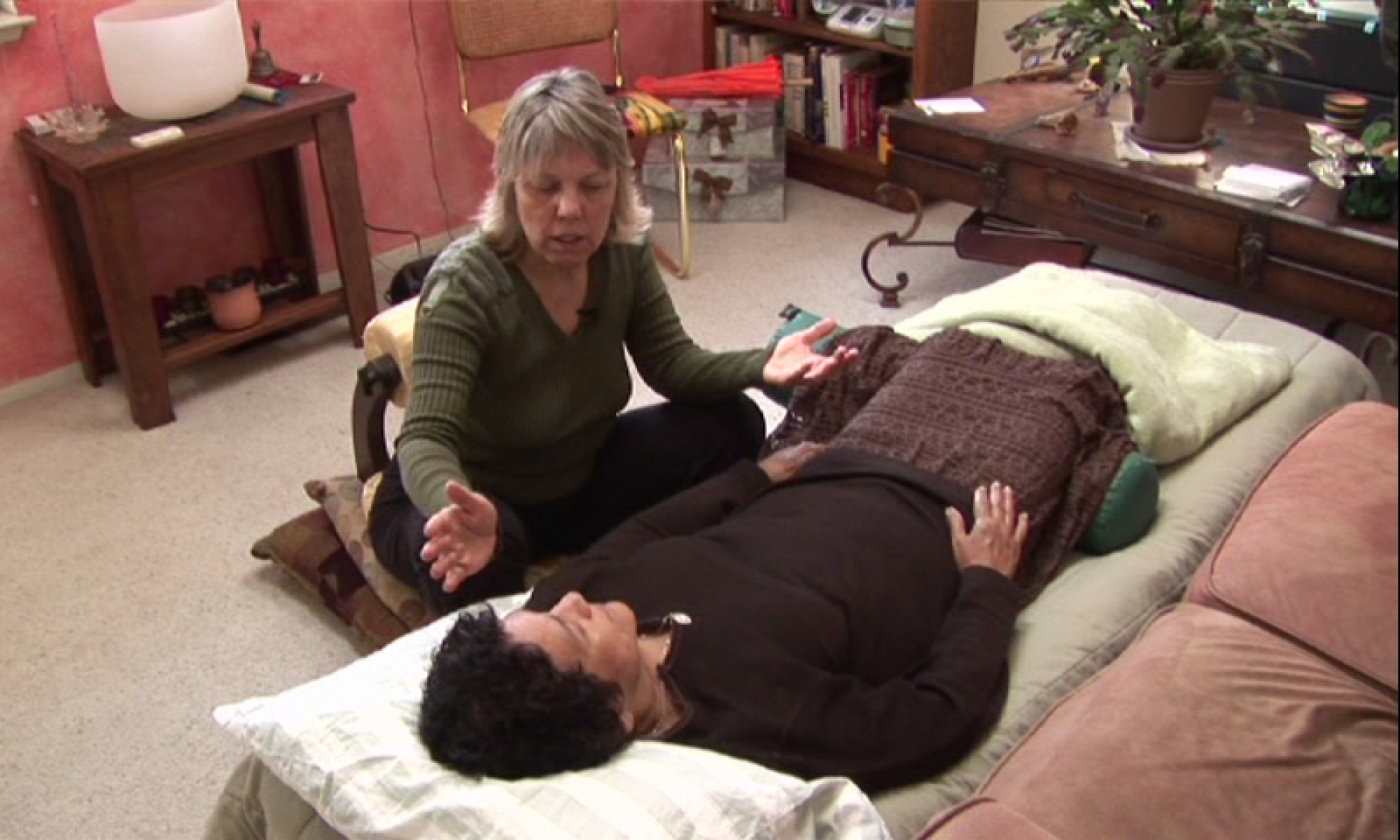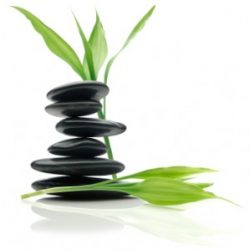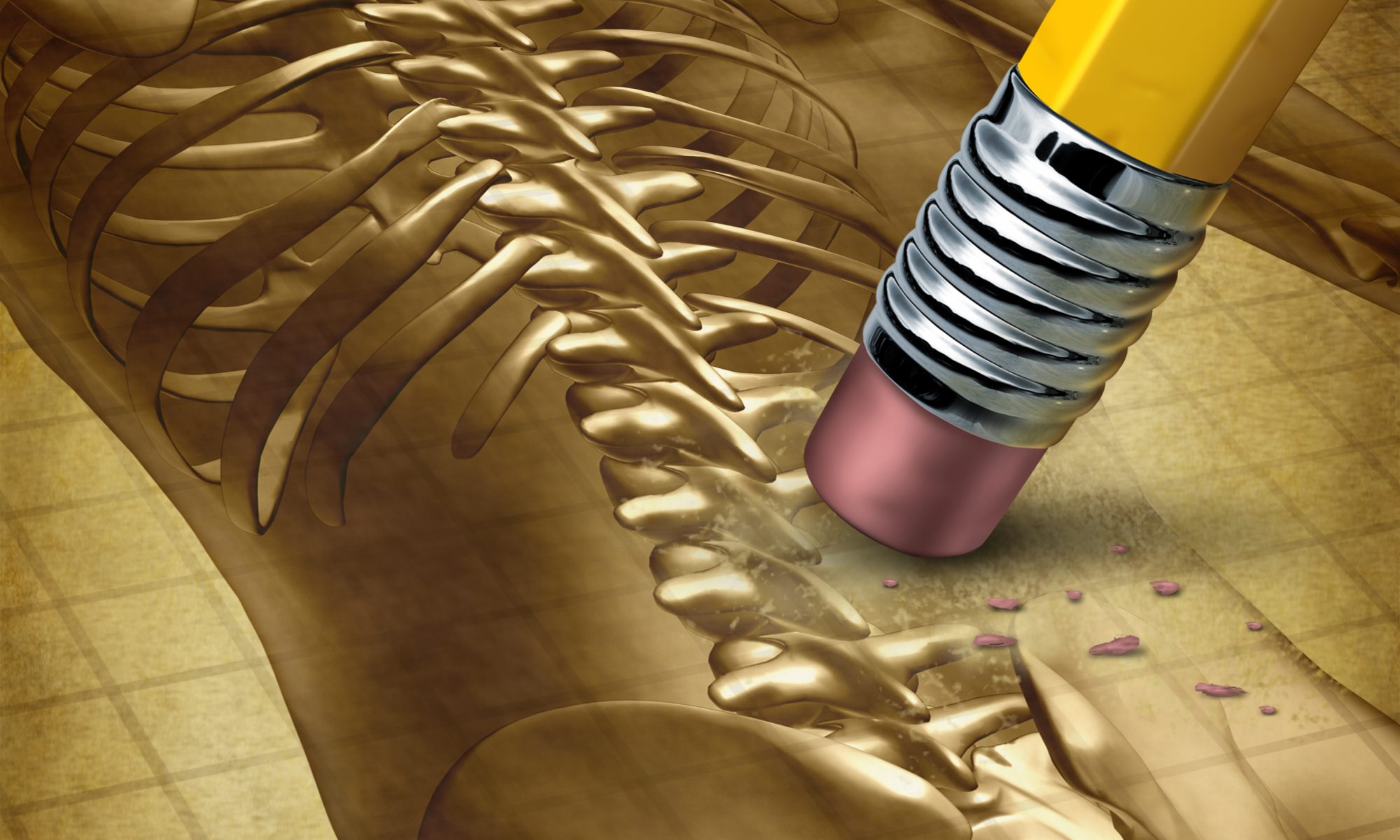
I was speaking with a client today who was recalling her appointment with a new pain management specialist. According to her, he was asking her about her medical history and back issues; to which she started listing off previous diagnoses such as Fibromyalgia, DDD/DJD (degenerative disc/joint disease), and spinal stenosis. At this point, he apparently became hostile with her and began a long diatribe about how DDD isn’t real and how he wished people would stop calling this a disease as it gives patients something to “whine about when there is actually nothing wrong with them!”
Needless to say, I sat with my jaw hanging open and totally floored as I listened to this story. So I wanted to give you, my faithful readers, some basic information about spinal arthritis and DDD/DJD so that if you encounter this type of resistance from your providers, you are armed with accurate information as an informed patient!
So with that said, let’s get into some definitions:
Degenerative Disc Disease (DDD) – There are rubbery cushions between each vertebra in the spine that aide in bending, twisting, and weight distribution throughout the spine. When the rubbery cushions begin to deteriorate, flatten or loose the ability to support the gravitational pull within the spine, bone and/or nerve pain can occur. As this process continues it may lead to bone changes in the vertebra, nerve impingement, and/or disc bulge or herniation.
Ultimately, it is considered a “natural’ process of aging that may lead to pain. It is estimated that most people over 40 years of age will show signs of this happening in their spine on X-ray, but no everybody experiences pain. Factors that contribute to this process include desiccation (drying out) of the disc from aging and dehydration, tears in the outer support ring of the discs due to injury or repetitive daily activities or sports. People at a higher risk of developing this; smokers, people with weight issues, genetics, professional drivers, certain types of athletes, or those that lift large amounts of weight repetitively.
Degenerative Joint Disease (DJD) – This is also known as osteoarthritis (bone-joint arthritis) that is a chronic non-systemic, non-inflammatory, progressive disorder of movable joints associated with aging and accumulated trauma. Every joint in the body has protective capsules that cover the bones of the joint. The capsule allows for the bones to glide past the other bone(s) of the joint without grinding or rubbing during movement, and cushioning of the joint. When the joint capsule begins to wear down from loss of space in the joint (like vertebra disc flattening), the bones begin to rub and change. DJD appears when bone changes (from the bone rubbing and breakdown process) at the joint margins. Additional damage occurs when bone spurs develop and damage surrounding tissues, and/or bone chips (from the bones grinding against each other) float in the fluid surrounding the joint. All of this breakdown of the joint causes pain, stiffness and a loss of mobility.
In the spine there are 3 joints at each vertebra level. As one joint begins to break down, it will eventually spread to the others at that level. As one full level develops the process, the levels above and below must take up the slack. This puts those levels at risk of developing DJD also.
Osteoarthritis (OA)- Because of the absence of inflammation causing the joint deterioration, degenerative joint disease (DJD) is also known as osteoarthrosis. Osteoarthritis also results in atrophy of the muscles and ligaments because of decreased joint movement. Degenerative joint disease may be primary or secondary cause of the arthritis. Primary osteoarthritis does not result from other underlying causes, while secondary osteoarthritis results from an underlying medical condition. Osteoarthritis commonly affects the joints of the hands, spine, feet and weight bearing joints such as the knees and hips.
This form of arthritis should not be confused with rheumatoid arthritis, another painful inflammatory condition. Predisposing risk factors include repetitive motion, infection, rheumatoid arthritis, post-joint trauma, muscular dystrophy, osteoporosis, hormone disorders, obesity, sickle cell disease, and bone disorders.
So as you look at these definitions, it should start forming some questions such as: Are these all connected? Does one cause the other? What if you have all the above?
The answers: They are related and can occur singularly without causing pain (at least initially). But if you have DDD and DJD then you are mostly likely to have a diagnosis of spondylosis. The medical definition is, degenerative changes in the spine related to DDD and DJD/OA.
Ultimately, while stopping these processes or reversing them isn’t realistic, there are things we can do to help ourselves lessen their effects on our lives. Thus, our first line of treatment is about reducing our risk factors or causative/contributing factors of our lifestyles. Additionally, remember, movement is medicine! Movement will always be your best friend. Because if you stop moving your body or back, your body will quit moving for you! Finally, being able to work collaboratively and proactively with your pain management team is also important. This means doing your part at home (PT exercises, lifestyle changes, etc.) while giving the treatment plan a fair and honest try.
The hardest part? It is HOW we work on our back and lives at home. This is usually where many of us fall short. Why, you ask? Because life gets in the way. We have busy schedules, needy families and friends, and/or opinions or judgements from others about our actions. Often times, us as women, tend to put ourselves and our health on the back burner. I will often hear, “I’d like to make the changes I need to. As soon as I have X/Y/Z, I’ll do it” OR “Someday I’ll have time to do that stuff” OR “I try to do it when I think about it.”
My response is always, when are you going to allow your health to be as important to you as your family’s health is? How long will you continue to allow your pain to steal time from your life and your family? What are you willing to do to have less pain and more ability to participate in your life?
It is ok to have doubt around your ability to address the above questions. What is not ok is to continue to stay stuck and struggle. If you need help with working on yourself at home (i.e., doing your part to help yourself); or need someone to help you stay accountable to being on track everyday with your treatment plan, then book a call with me. Let’s see if we can find a game winning plan to help you help yourself to a happier, healthier and less painful back!
Andrea
Director, Sierra Nevada Holistic Services AND The Healthy Back Program


